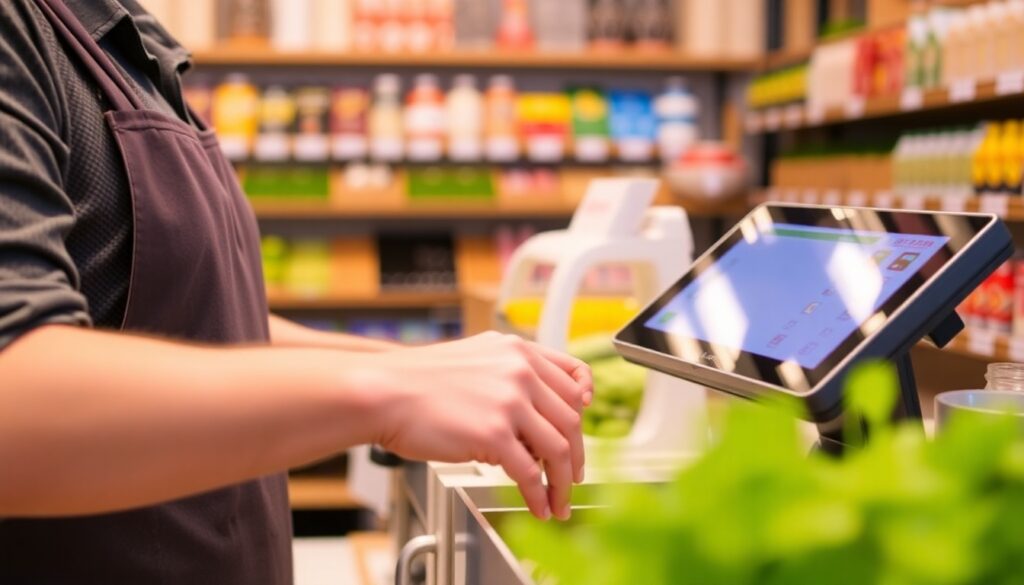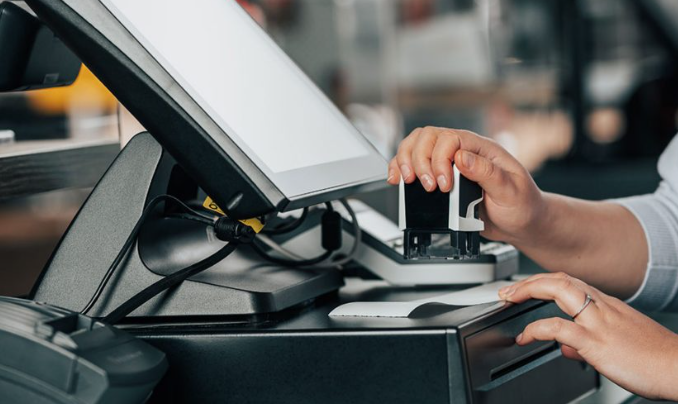How POS Data Helps You Know What Your Customers Really Want

In today’s competitive business world, understanding your customers is the key to success. The better you know their preferences, habits, and expectations, the easier it becomes to provide exactly what they’re looking for. One powerful tool that helps achieve this level of insight is your POS (Point of Sale) system. Modern POS systems don’t just process sales — they collect valuable data that reveals what customers truly want.
1. Turning Every Transaction into Insight
Every time a customer makes a purchase, your POS system records essential details such as what items were bought, when they were purchased, how much was spent, and even which payment method was used. Over time, this data builds a clear picture of customer behavior.
For example, you can identify which products are best-sellers, which ones sit on the shelf too long, and which items customers often buy together. This information helps you understand demand trends and tailor your inventory to match what customers actually buy — not what you assume they will.
By analyzing sales patterns, you can predict what customers are likely to purchase next. This allows your business to stay one step ahead — ensuring that popular products are always in stock and slow-moving ones are replaced with more desirable alternatives.
2. Understanding Seasonal and Trend-Based Buying Habits
POS data is also powerful for identifying seasonal preferences and trends. Customers don’t always buy the same items year-round. For instance, a café might sell more iced coffee in summer and more hot chocolate in winter. With accurate POS reporting, you can prepare for these seasonal shifts in advance.
Similarly, trend tracking helps your business adapt to changes in customer interests. If your POS system shows an unexpected spike in demand for a new flavor, brand, or product type, you can act quickly — stocking up before competitors catch on.
This real-time insight makes your business more agile and customer-focused, helping you serve what people want exactly when they want it.
3. Creating Personalized Customer Experiences
One of the biggest advantages of POS data is personalization. When linked with customer profiles or loyalty programs, your POS system can track individual preferences. You can see what each customer buys most often, how frequently they shop, and even which promotions they respond to best.
This information allows you to create personalized offers — such as discounts on their favorite items or early access to new products. Personalized experiences make customers feel valued and understood, leading to higher satisfaction and loyalty.
In a world where people expect brands to “know” them, POS data gives you the tools to deliver that experience effortlessly.
4. Enhancing Marketing and Promotions
POS data also sharpens your marketing strategy. Instead of guessing which promotions will work, you can use hard data to make smarter decisions.
For example, if your data shows that certain items sell better on weekends, you can schedule special weekend promotions. If certain products often sell together, you can create combo deals or cross-promotions to encourage higher spending.
The best part? You can measure the success of every campaign directly through your POS system — tracking sales before, during, and after the promotion. This helps you refine your strategies and spend your marketing budget more effectively.
5. Building Long-Term Customer Loyalty
Ultimately, when you use POS data wisely, you build stronger relationships with your customers. Understanding their habits means you can offer more of what they love, improve the shopping experience, and solve their problems before they even realize them.
Whether it’s suggesting complementary products, offering relevant deals, or ensuring quick and smooth checkout, data-driven decisions help you turn first-time buyers into loyal regulars.
Customers who feel understood and valued are far more likely to return — and to recommend your business to others.
Conclusion
Your POS system is more than just a checkout tool — it’s a goldmine of customer insight. By analyzing sales patterns, identifying trends, and understanding individual preferences, you can truly know what your customers want.
Businesses that use POS data effectively can predict demand, personalize experiences, and grow faster than those that rely on guesswork.
So, if you want to stay ahead of the competition and keep your customers coming back, start using your POS data not just to track sales — but to understand people. Because when you know your customers, your business naturally grows.






